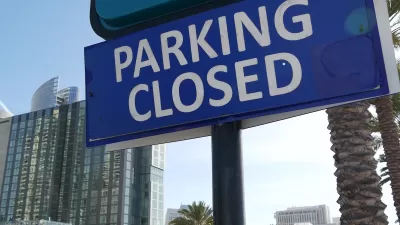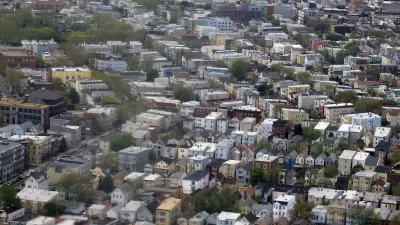When we start to liken housing and neighborhood cycles to the kinds of predictable, unstoppable cycles found in nature, we may find ourselves in a dangerous trap.

About a year ago I wrote a post about Paul Krugman and whether building luxury housing could mitigate the effects of gentrification. For whatever reason, I just noticed one of the comments on that post, which in turn prompted me to think about a very different question. The reader wrote that “the author is completely ignorant of the housing cycle. As time goes on, the luxury condos tend to pass down the economic chain to become condos for the middle class, then the lower-middle class, and then back up the economic chain again.” Leaving aside the writer’s condescending rudeness, which reflects more on him than on the subject of his criticism, his observation is utterly fatuous. But be that as it may, he raises an important point. As human beings, we are constantly attuned to cycles in nature. The sun and moon rise and set, the tides rise and fall, the seasons go and come back. Perhaps that explains our desire to impose a cyclic order on social and economic phenomena, but we’ve been doing it for a long time. In 1959, two of the most prominent urban economists of the time, Edgar (not J. Edgar!) Hoover and Raymond Vernon, offered their take on the “neighborhood life cycle”:
Stage 1: Single-family residential development.
Stage 2: Transition to higher density, apartment construction.
Stage 3: Downgrading to accommodate higher density through conversion and overcrowding of existing structures, spread of ethnic and minority districts.
Stage 4: Thinning-out or “shrinkage” characterized by population loss and decline in housing units.
Stage 5: Renewal through public intervention, redevelopment and replacement of obsolete housing with new multifamily apartments.
In 1975, HUD asked the Real Estate Research Corporation (RERC) to take a fresh look at the cycle. RERC was more pessimistic, as reflected in its version:
FULL STORY: Myths and Realities About Cycles: Avoiding the Inevitability Trap

Planetizen Federal Action Tracker
A weekly monitor of how Trump’s orders and actions are impacting planners and planning in America.

San Francisco's School District Spent $105M To Build Affordable Housing for Teachers — And That's Just the Beginning
SFUSD joins a growing list of school districts using their land holdings to address housing affordability challenges faced by their own employees.

The Tiny, Adorable $7,000 Car Turning Japan Onto EVs
The single seat Mibot charges from a regular plug as quickly as an iPad, and is about half the price of an average EV.

Seattle's Plan for Adopting Driverless Cars
Equity, safety, accessibility and affordability are front of mind as the city prepares for robotaxis and other autonomous vehicles.

As Trump Phases Out FEMA, Is It Time to Flee the Floodplains?
With less federal funding available for disaster relief efforts, the need to relocate at-risk communities is more urgent than ever.

With Protected Lanes, 460% More People Commute by Bike
For those needing more ammo, more data proving what we already knew is here.
Urban Design for Planners 1: Software Tools
This six-course series explores essential urban design concepts using open source software and equips planners with the tools they need to participate fully in the urban design process.
Planning for Universal Design
Learn the tools for implementing Universal Design in planning regulations.
Smith Gee Studio
City of Charlotte
City of Camden Redevelopment Agency
City of Astoria
Transportation Research & Education Center (TREC) at Portland State University
US High Speed Rail Association
City of Camden Redevelopment Agency
Municipality of Princeton (NJ)





























